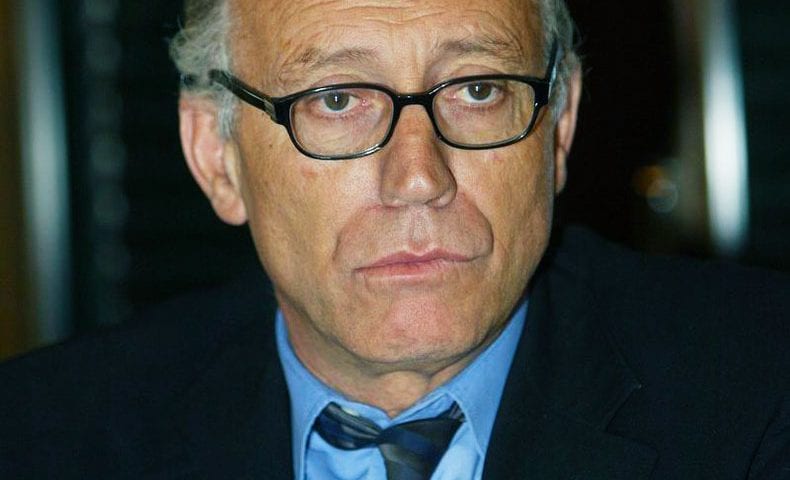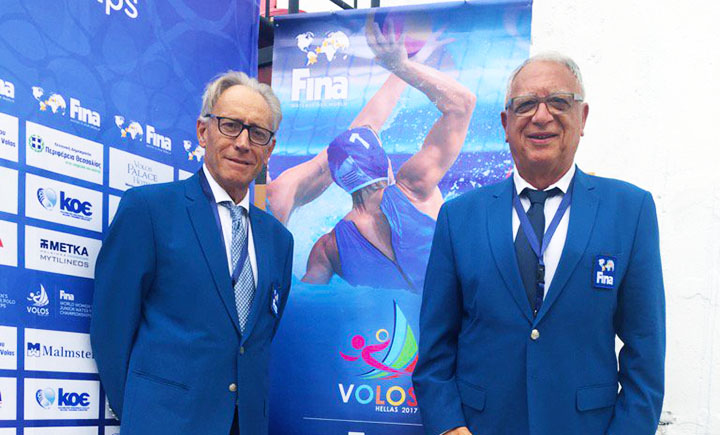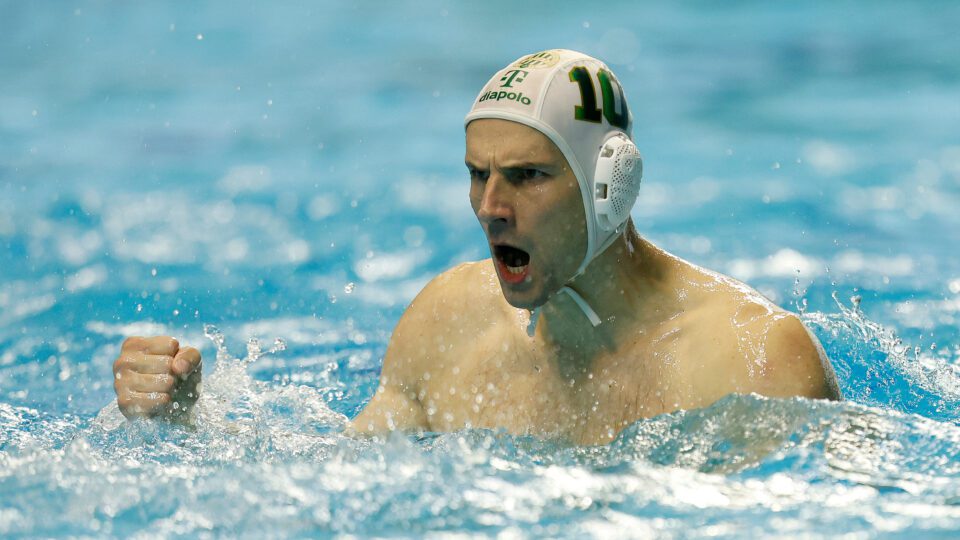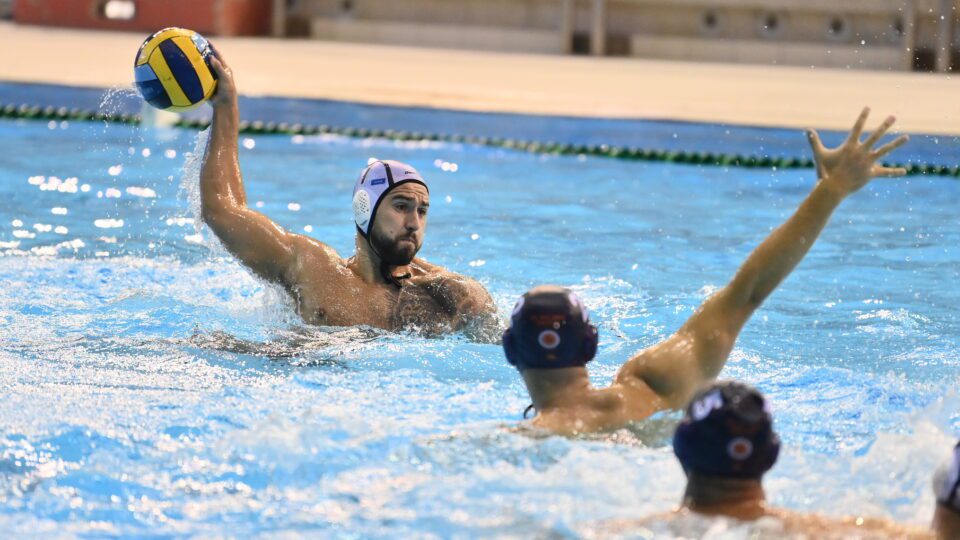Lolo Ibern, one of the highest placed FINA members, talked to WATERPOLISTA.com about the changes in regulations. Apart from the explanations, Ibern offered his view on three major perspectives of water polo: competition, popularity, and communication.
The Background
Can you tell us about your beginnings in water polo?
I’ve been with Atlètic Barceloneta since I was born. And that’s why, from a very young age, I started swimming. Even though I was not yet competing, I went to all the swimming and water polo competitions with my father. All of which were held in Catalonia. I was raised and educated around competitions. Later, when I grew up, I started competing in swimming. In my time we were swimmers who played water polo matches and, in fact, my generation was the last one that came to practice the two disciplines at the same time. Subsequent generations have already specialized in one sport or another. Thanks to all of this, I have an unforgettable memory of that time.
What was water polo like back then?
I was very unprofessional. For example, except for the CN Barcelona and some other clubs, there were no indoor pools, so the focus on swimming and water polo was during summer. A high number of uncovered facilities made it difficult to compete in winter. It was in the 60s when they began building some covered municipal swimming pools and from there both sports had an important qualitative leap. It was at that moment that I fully got into water polo. With it, came the improvement of training, since among other things they increased the number of training hours and started strengthening international contacts. These relations with other countries were one of the main ways to progress with water polo in Spain.
Has water polo been different back in the day, technically and tactically wise?
It was another world. Nowadays, the speed of the game has increased. In addition, the preparations are much more intense and specific. If we saw a game of water polo, not only of my time but even 15 years ago, we would see that everything was much slower.
The National Team
Throughout your career, you made over 85 international appearances. What can you tell us about the selection you were part of?
I was in an era in which I had great opportunities and luck first with RFEN, and then with CN Barcelona. I’ve been spending a lot of time with Bandy Zolyomy, who was ultimately the one who managed to produce a great change in our mentality and our training. He made us know everything about water polo, and we approached the pools with great knowledge of the sport. I was called to the national team when he was appointed the coach and much of what I’ve become to be in the future, I owe to him. For example, Spain missed some Olympics and thanks to him and the effort that built a whole generation, especially in terms of increased intensity in training, we managed to qualify for the Olympic Games in Mexico. The three Olympics had water polo before that and we weren’t there. So, in general, I can say that it was a great joy and a leap for Spanish water polo at that time.
In your national team, you weren’t only a player, but also a coach. What do you remember from your time as a coach?
I was lucky enough to inherit and build a team made of players that were already big at the time such as Manel Estiarte, Toni Aguilar, Rafa Aguilar or Manolo Delgado, among others. And together with another generation of more experienced water polo players, we were able to do a job that had little progress compared to the other teams. But eventually, we became Olympic champions in 1996. From being a third category country to reaching the highest award in my time seemed an impossible thing. We got the first medal in the Rome European 83 and in the Olympic Games we got the fourth position, the best position so far in this type of Championships.
After so many years in different institutional and sports positions, how do you make it feel like every day is the first one in your career?
I try to listen and learn a lot from others since I’ve always been that way. You have to have your eyes wide open and your ears eager to hear what others have to say. Know how to listen to positive experiences, the things you lack, to acknowledge your weaknesses, problems, virtues, and limitations. I have always tried to surround myself with people who are as capable of achieving more than me. Everything achieved is a collective effort.
From your experience, what can you say about the current situation of Spanish water polo and the junior level of play?
You could say that we are currently in a good situation. In the high competition levels, it’s very difficult to lead or be competitive. It’s true that in recent years we have not been among the best, in terms of results, but it is also true that in the European past of Barcelona we achieved a fantastic and well-deserved medal after struggling one on one with a whole selection that was Serbia. We are in a moment of renewal right now and good players are joining the teams. The latest results from Europeans and World Juniors, both male and female, tell us that we are in the right direction. This means that the clubs have the capacity to continue producing high-value players that will later make the jump to the national team.
What can be done to deal with the inequality that exists between a large part of the teams that make up the PREMAAT Leagues, in both men’s and women’s categories?
This has always happened both in water polo and in other sports where there is a hierarchy among those who form the competition. Maybe in our case, there is a lot of difference right now, so it’s more obvious. However, I believe that competition is the path in which sport progresses, especially in a team sport. You learn by playing against tougher teams and grow by playing others. If you are capable, high competitions are the best places to learn. Maybe we should look for a competition system in which there would be a balance between the maximum participation of teams and equality between them.
Rules and Regulations
As the head of the FINA Technical Committee, what can you tell us about the changes introduced in the regulations?
First, we have to be aware that society, the media, and the sports market are changing at an incredible speed and we have to understand that in the upcoming years the changes will be very profound. That doesn’t mean that water polo as a sport has to change, but it has to be adjusted, taking all possibilities into consideration. I chair a committee that intends to make an innovation in all aspects, not only in the rule but also in competition systems and even in the field of communication.
And where do you see the change going as far as the game system is concerned?
We are a sport that has a series of problems. One of them is that we have too many downtimes. In the end, the game stops a lot, and our goal is to have maximum continuity. That is why we have reduced the ‘time out’, and that is why we have also reduced the time of possession from 30 “to 20” since we believe that this generates a greater number of chances per team.
Is this change going to affect the attack actions?
Yes. We understand that we have to give greater action possibilities to the attacker. For that reason, we have proposed the rule that in any situation, the ball can be thrown directly. With the aim of giving maximum continuity, and generating more dangerous actions, always giving greater importance to the movement.
Do you also want to reduce the stops in the games?
We believe this is not the only issue. Another problem that water polo has is that there are too many ordinary faults, and we would like to reduce them by half. To those who are not familiar with the idea of water polo, they don’t want to see much referee action, but a lot of playing. To play water polo is to play, move, and shoot. We have to favor these three simple things, and that is our main concern.
What about the contact?
That’s a whole other problem. The contact in water polo is ill-defined. We have an idea that contact is normal in our sport, as it is in all sports out there, but in the other sports, it’s clearly defined what is allowed and what is not. In our sport, the contact is killing the game, and the defenders have too much power in that aspect.
What about the issues outside of the game itself? What are FINA’s plans for increasing the popularity of the sport?
The main objective is to popularize water polo as much as we can among the children from six to sixteen years and to make it known to the maximum number of young people. In the end, water polo is the only sport a child can ‘play’ in the water. It’s a medium which is a part of their life: at home, at school, at the beach, and in many other places. And that has to be valued. We have to make a great effort to do so since today it is believed it’s only important to participate and not compete. We have to let them know about the competitiveness of sports. In FINA, we want to help with a program to help all the federations, even those where there is currently no water polo, to have activities, fun festivals and open competitions.
Recently, there’s been a lot of talk about the adaptation of the new rules. Do you think it will go smoothly or not?
FINA’s program will launch with the European finals of the World League and the Intercontinental Cup later among the groups which consist of all nations that are not European. We’ll start with the World League women’s finals at the end of March and in the first week of April with the European Men’s Word League final and the Intercontinental tournament. In the end, it is the coaches and the players who make the final judgment of the rules. I am sure that we are going in the right direction. We will have a better impression in many fields and we will see it immediately. I think that players will adapt quickly since water polo is an intelligent sport, in which both coaches and players must always be attentive.
And what about the changes that caused the turmoil – the introduction of video analysis?
We can’t compare VAR that is applied in football with the VAR that we want to make. We only want to control two situations. First, the goal, since our regulation stipulates that it is a goal when the ball has fully entered the goal. There are different systems that effectively control this. In one case, we can use video, and in the other, there are the sensors. What we want is that there is a system that helps us to decide if it is a goal or not. On the other hand, the other question will be at the end of the match. We do not want any type of extreme violence, therefore we’ll know if there has been a situation of brutality that has not been sanctioned. For whatever reasons, it will all be analyzed and the player will be sanctioned without changing the result.
So, in the case of brutality, the sanctions would occur a posteriori, right?
In the case of brutality, yes. In the case of the goal, the game stops for the referees to decide if the goal is valid. They’ll use video analysis.
What is the process of submitting a direct application of the so-called VAR?
We are currently drafting the protocol to make the situations clear. At the moment, we are in the phase of defining the technological element and that is why it is likely to be applied firstly in international competitions because it requires an organization and some people dedicated exclusively to this task.
To keep up with water polo news from around the globe, follow us on Twitter and Facebook.







